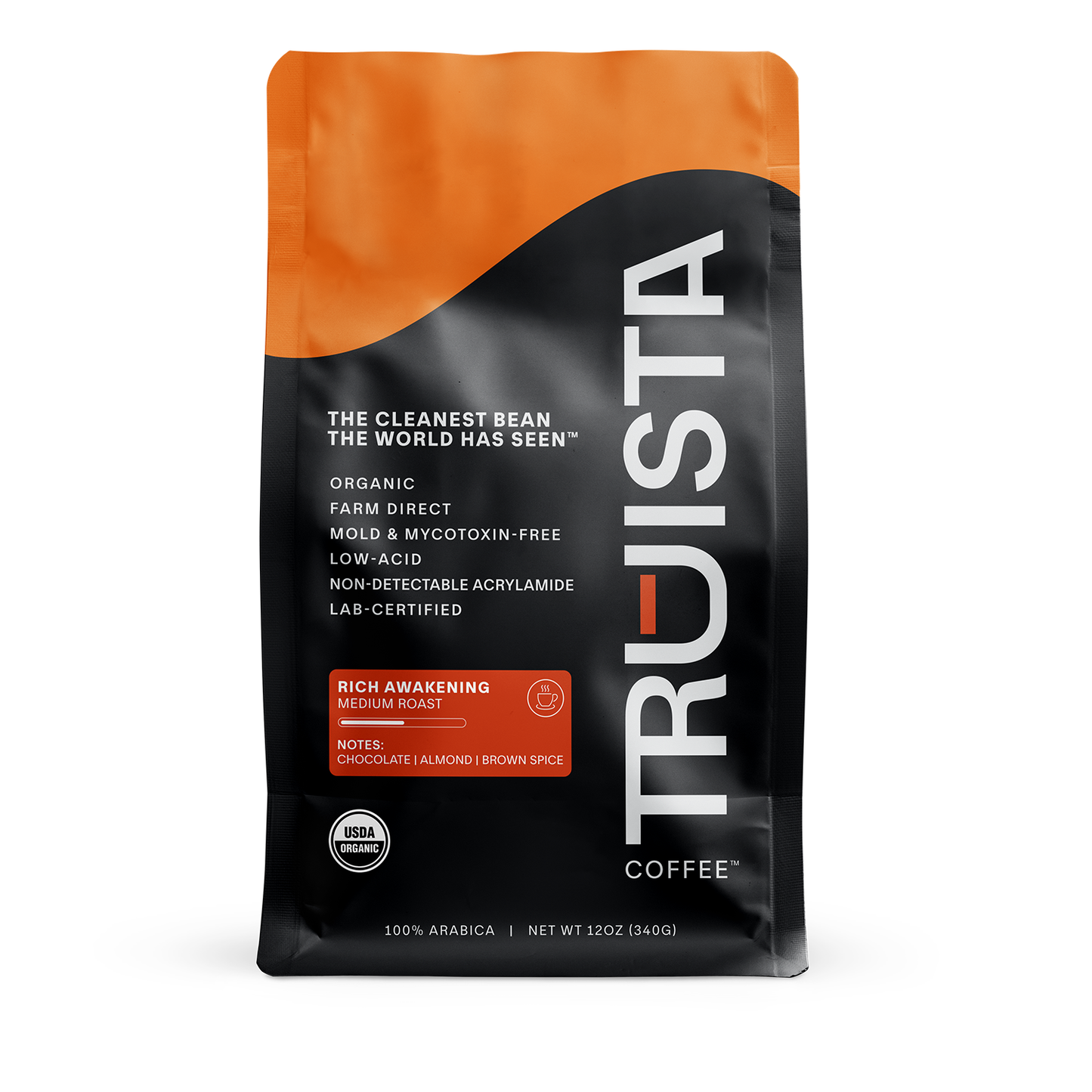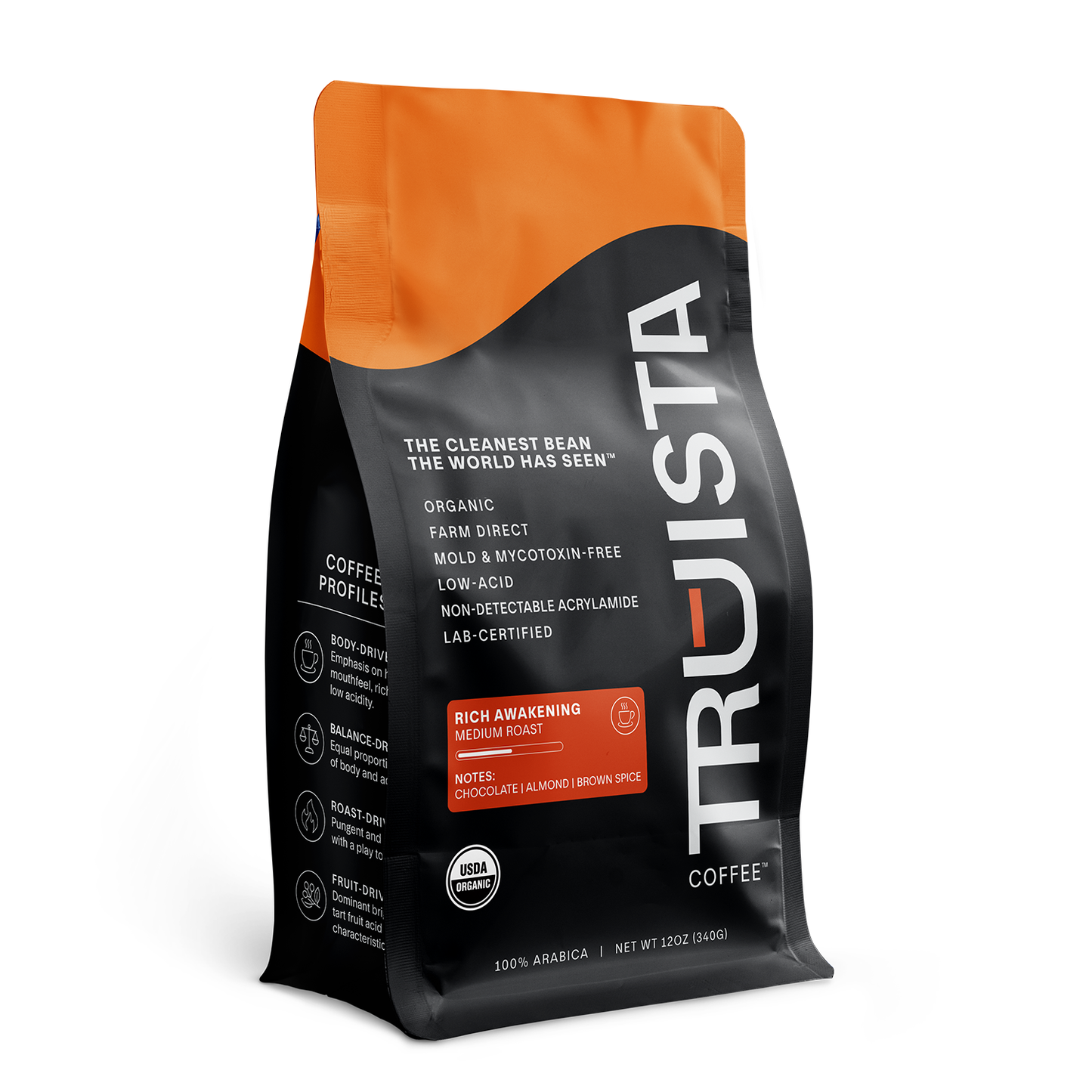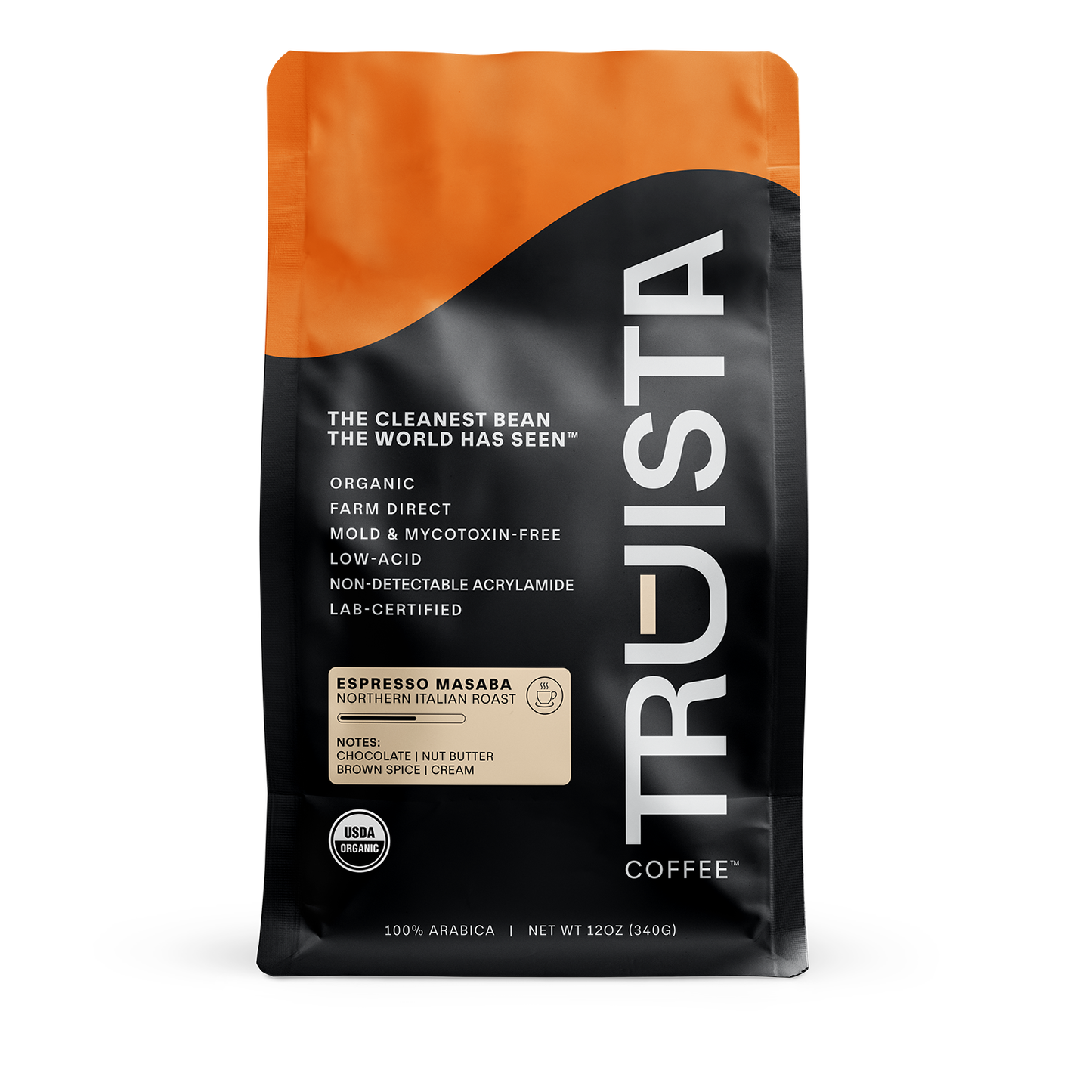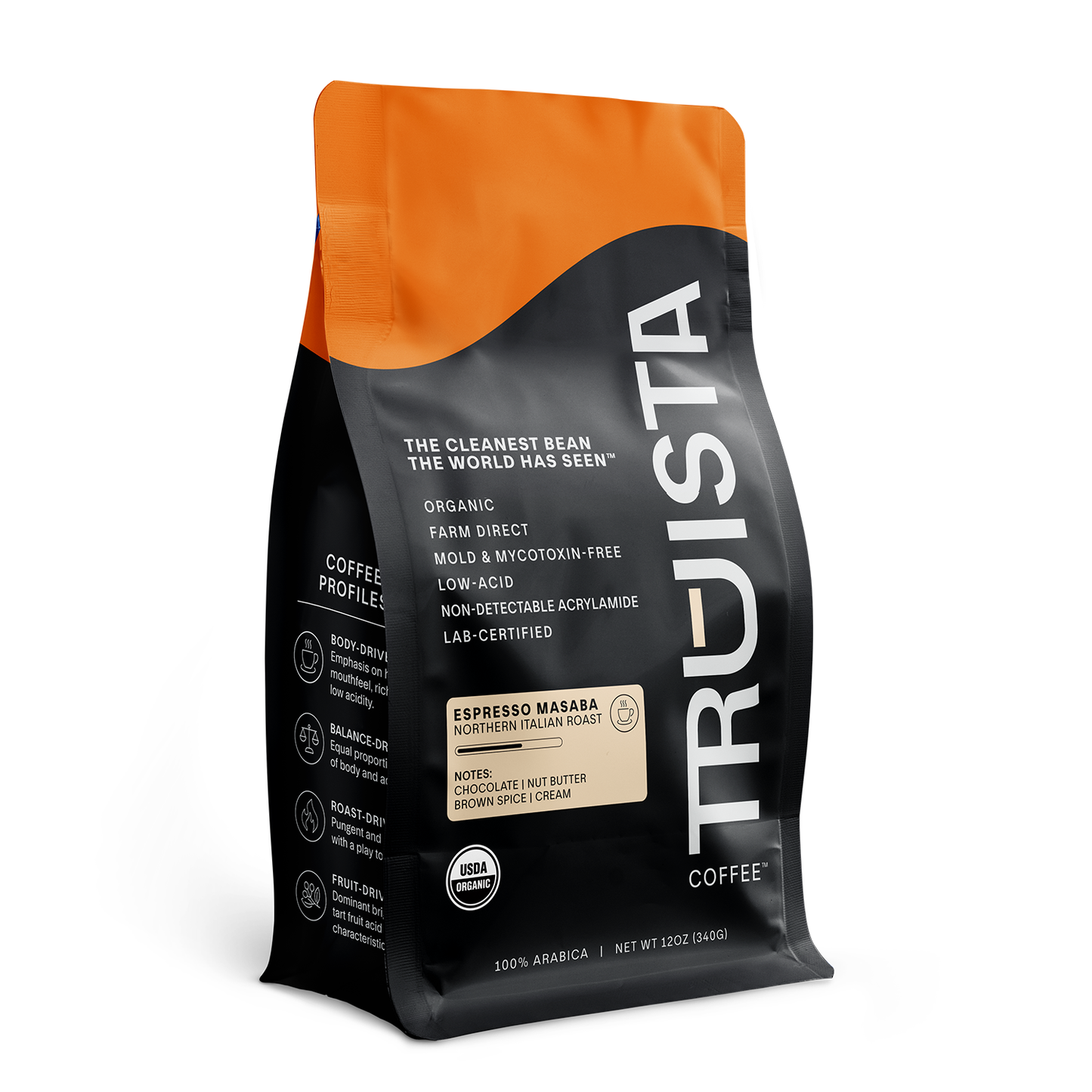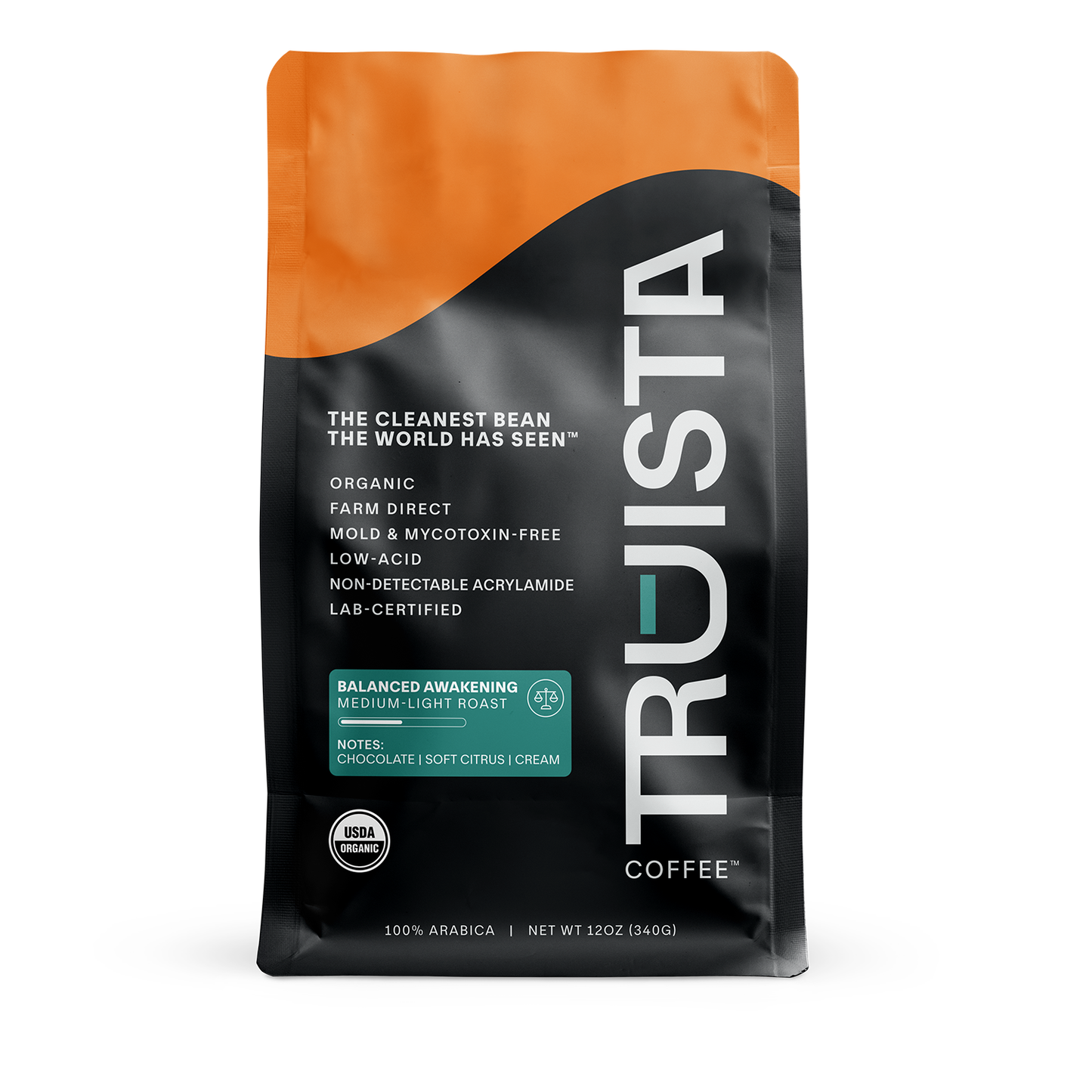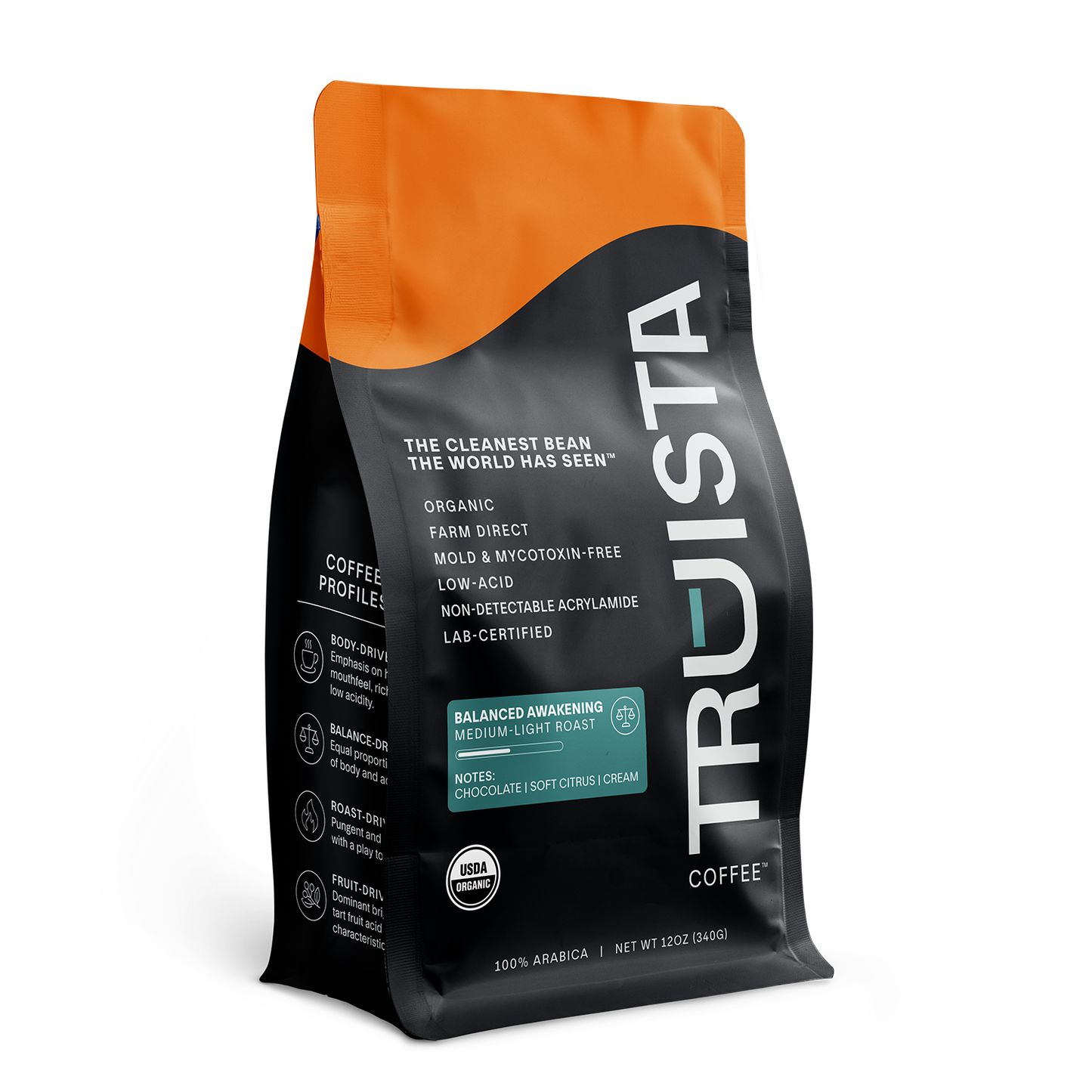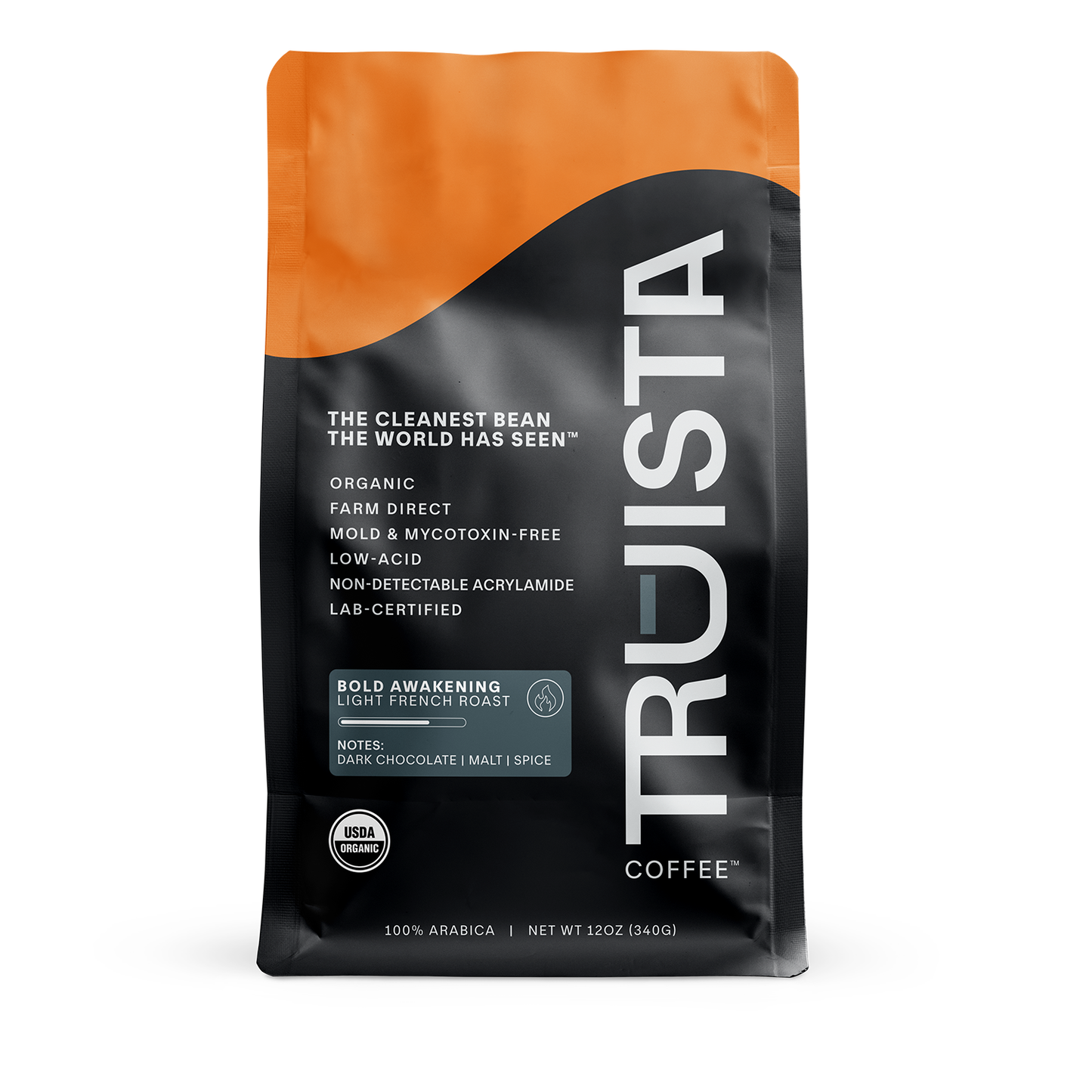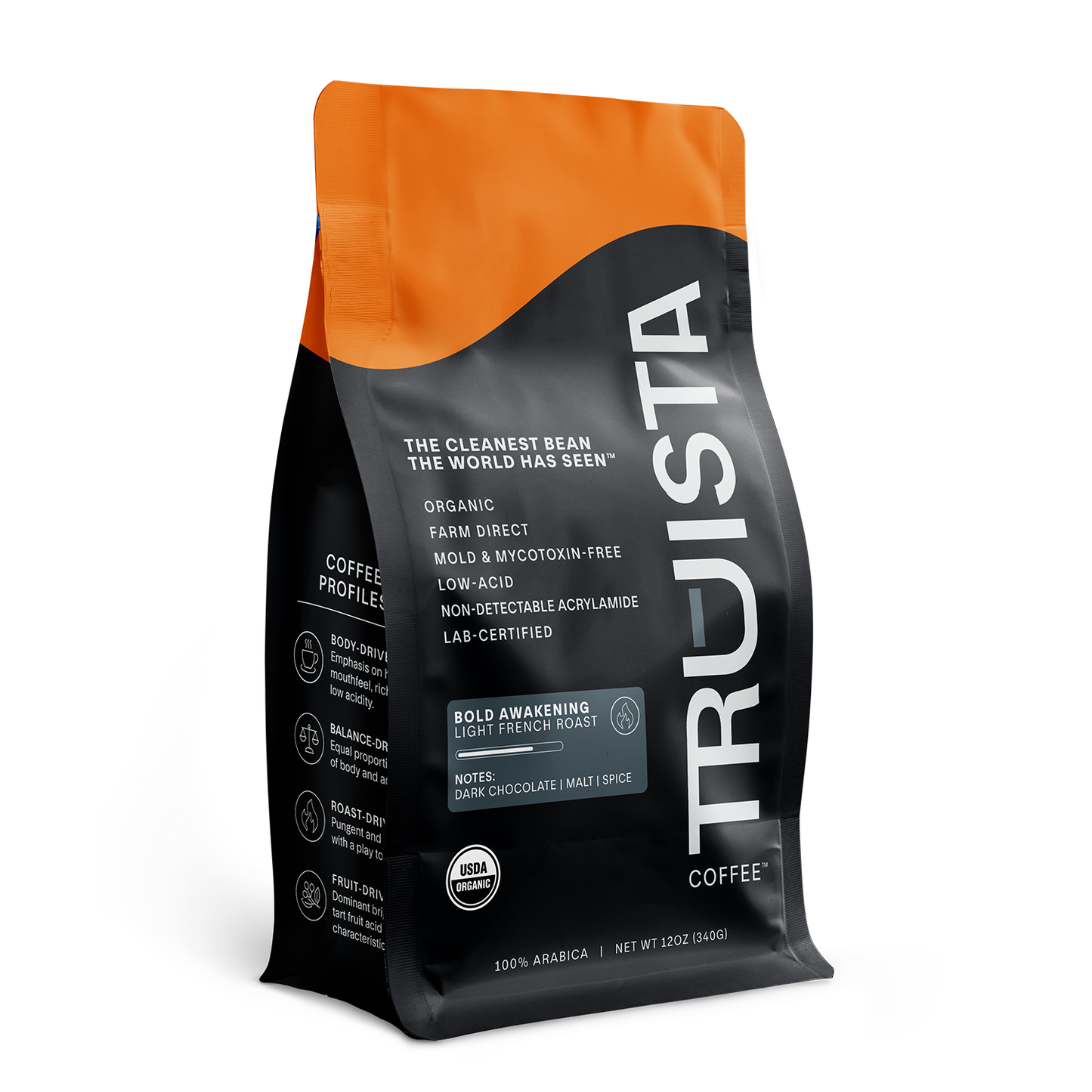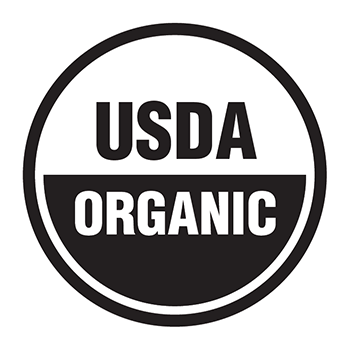Buy your weekday smoothies and get your weekend ones for free. (7 for the price of 5!)

PROOF IN EVERY CUP
Mold thrives most readily in commercially processed coffees grown at low altitudes, where high heat and humidity create ideal conditions, and oversight is often minimal. Many of these coffees are blended into or marketed as specialty-grade, despite harboring defects that disqualify them from that classification, mold being one of the most concerning.
Even high-elevation specialty coffees, cultivated in cooler, drier climates, aren’t immune. Mold can develop from lapses in post-harvest handling—such as overripe cherries picked off the ground or pulped beans left floating in wash water that should have been discarded.
Storage poses another risk. Beans exposed to humid environments, whether in poorly ventilated warehouses or shipping containers at sea for extended periods, can develop mold long after harvest.
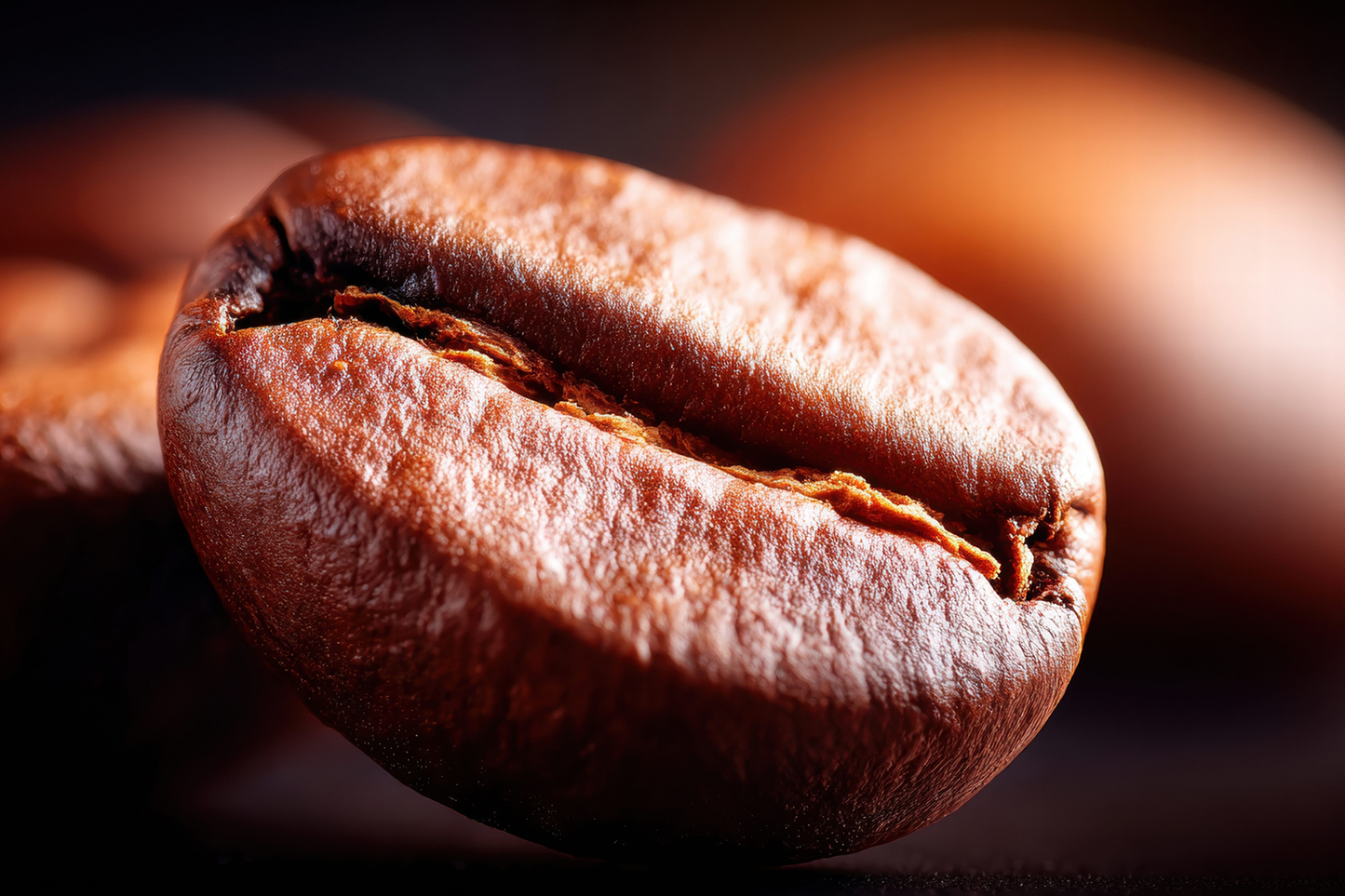
THE REAL DANGER IS MYCOTOXINS FROM MOLD
These toxins are invisible, tasteless, and heat-resistant, meaning they can survive roasting and end up in your cup.
Ochratoxin A (OTA)
- Linked to kidney damage, neurotoxicity, and immune suppression
- Classified as a possible human carcinogen by the World Health Organization
Aflatoxin B1
- One of the most potent carcinogens known
- Can cause liver damage and is especially dangerous for people with compromised detox systems
These toxins are invisible, tasteless, and heat-resistant, meaning they can survive roasting and end up in your cup.
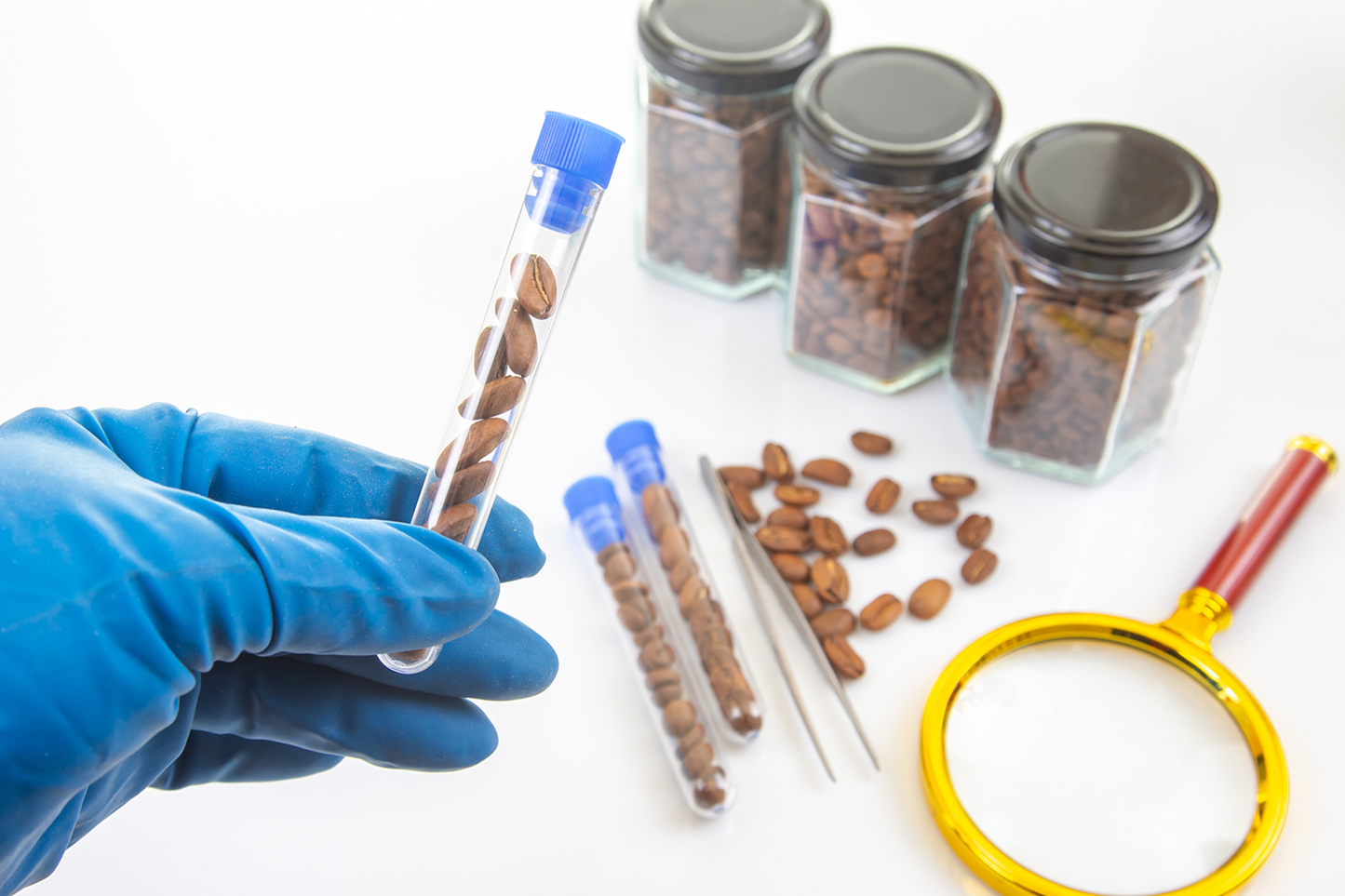
WE DON’T LEAVE ANYTHING TO CHANCE
At Truista, purity isn’t a claim, it’s a guarantee. We don’t leave anything to chance. Every roast we produce is sent to a certified third-party lab for full-spectrum testing, with a sharp focus on harmful mold toxins like ochratoxin A and aflatoxin B1, compounds often overlooked in conventional coffee.

